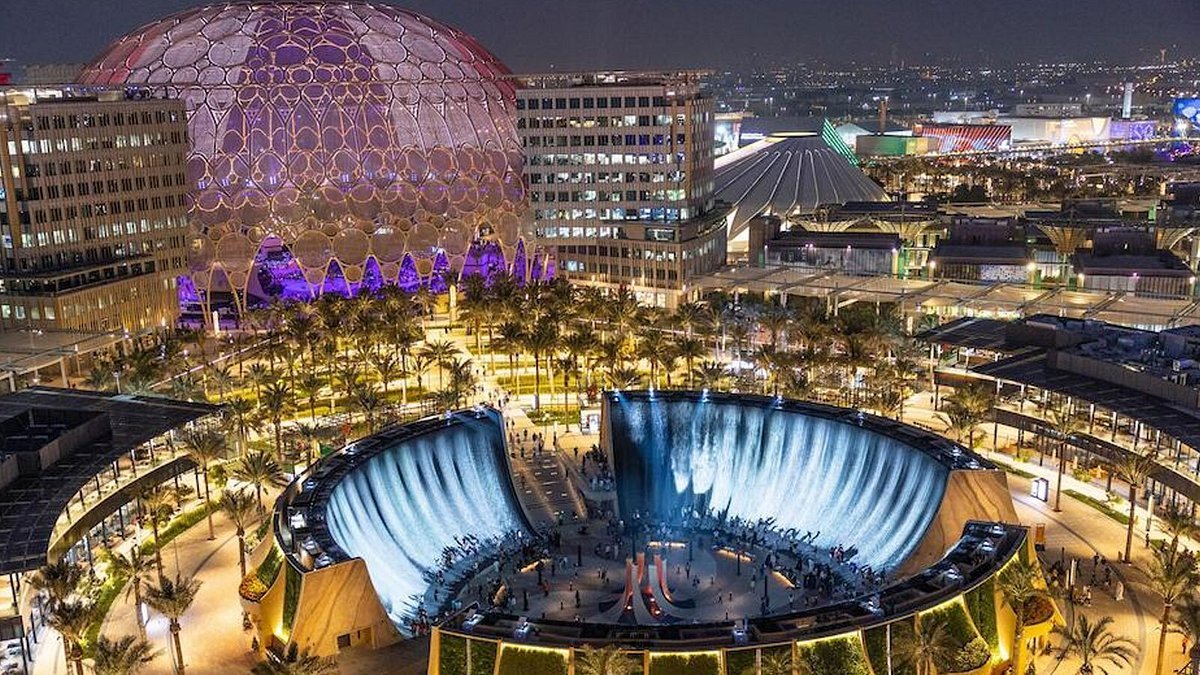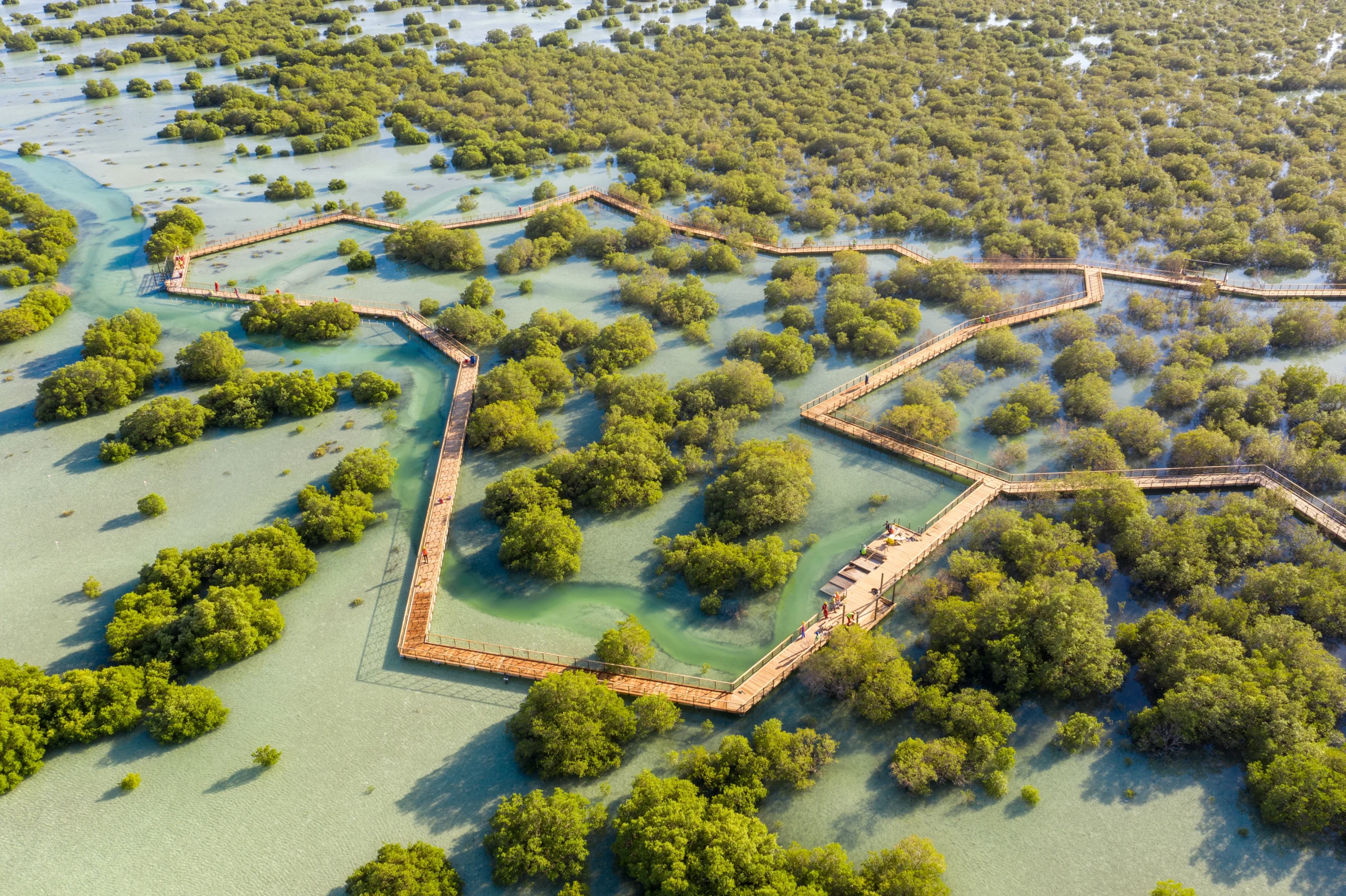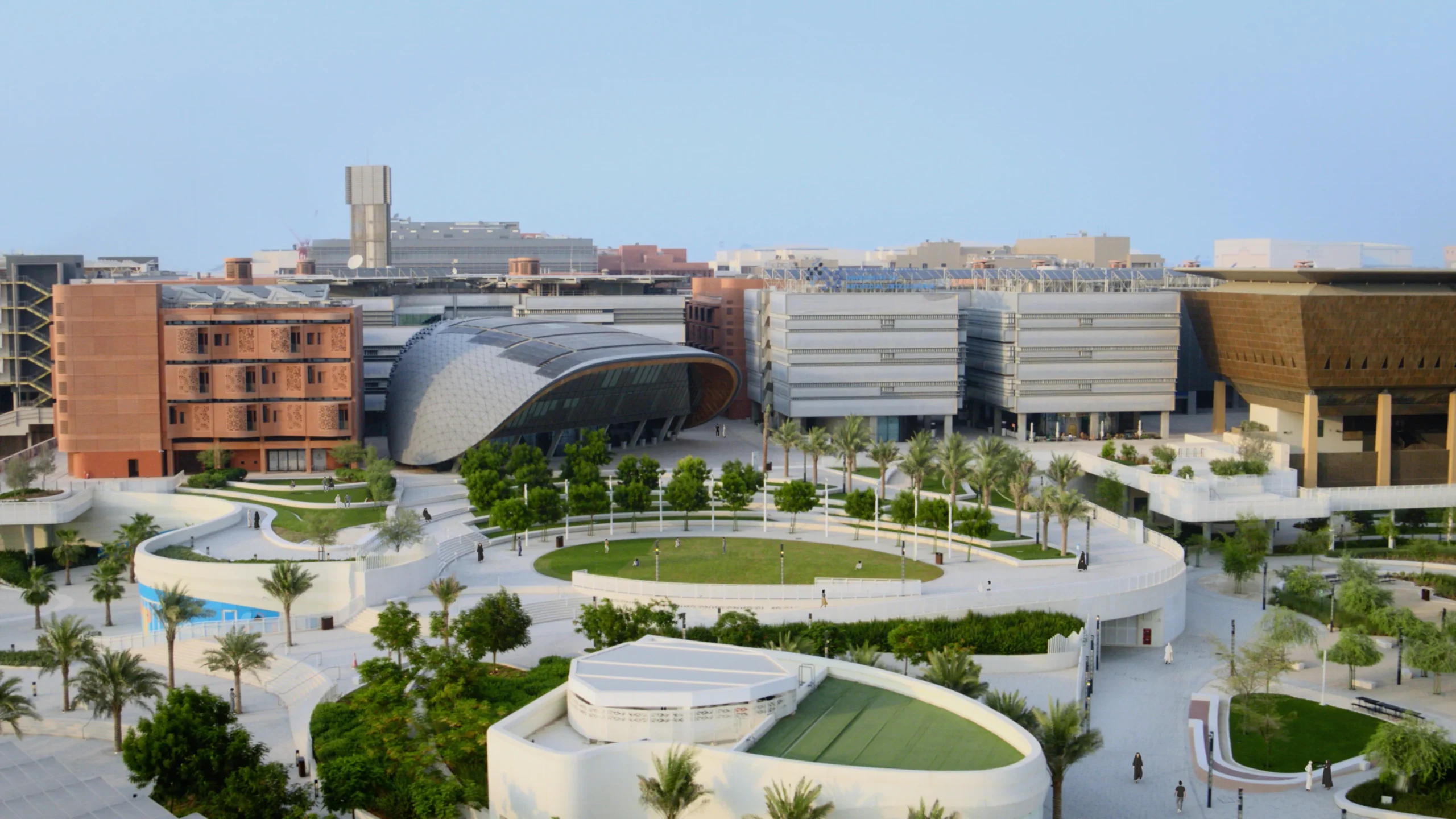The United Arab Emirates (UAE) is transforming its tourism sector into a global benchmark for sustainability and innovation. Traditionally known for luxury and opulence, the UAE is now taking significant strides to position itself as a leader in sustainable tourism, integrating environmentally conscious practices across its tourism infrastructure while promoting its rich cultural heritage and natural ecosystems.This article explores how the UAE is evolving its tourism model to achieve a balance between economic growth, environmental stewardship, and cultural preservation.
1. The Push for Sustainable Tourism: A Strategic Priority
Sustainable tourism is central to the UAE’s long-term vision for economic diversification. Under frameworks such as the UAE Vision 2030 and UAE Green Agenda 2030, the country is aligning its tourism development with global sustainability goals, focusing on:
- Minimizing environmental impact through eco-friendly practices.
- Promoting cultural tourism to preserve heritage and traditions.
- Enhancing visitor experiences with nature-based and sustainable tourism offerings.
The UAE’s tourism strategy emphasizes green development, innovative technology, and inclusive practices to ensure the sector remains resilient and competitive in the face of global challenges like climate change and shifting traveler preferences.
2. Key Pillars of the UAE’s Sustainable Tourism Model
a) Eco-Friendly Infrastructure
The UAE is investing heavily in sustainable tourism infrastructure, from green hotels to environmentally conscious transportation systems. Key initiatives include:
- Green Key Certification: Many hotels across the UAE have adopted the Green Key eco-label by integrating energy-efficient systems, water conservation measures, and waste reduction practices.
- Eco-Friendly Resorts: Resorts like Al Maha Desert Resort and Anantara Sir Bani Yas Island are designed with sustainability at their core, featuring renewable energy sources and minimal environmental footprints.
b) Cultural and Heritage Tourism
The UAE is leveraging its rich heritage and culture to attract global tourists while preserving its traditions. Iconic initiatives include:
- Al Ain Oasis: A UNESCO World Heritage Site that highlights traditional falaj irrigation systems and showcases sustainable agricultural practices.
- Sharjah’s Cultural Tourism: Sharjah has become a hub for cultural tourism, offering museums, art exhibitions, and heritage festivals that reflect Emirati traditions.
c) Nature-Based Tourism
Nature-based tourism is gaining momentum in the UAE, offering visitors unique experiences in deserts, mangroves, and marine ecosystems. Popular attractions include:
- Dubai Desert Conservation Reserve (DDCR): A protected area that promotes desert biodiversity and sustainable safaris.
Mangrove National Park, Abu Dhabi: This park allows tourists to explore the UAE’s mangrove forests through kayaking and eco-friendly tours.

3. Innovative Technologies Driving Sustainable Tourism
The UAE is integrating cutting-edge technology to enhance sustainable tourism practices. Examples include:
- Smart Tourism Solutions: Digital platforms and AI-powered systems are used to monitor visitor flows and reduce the environmental impact of tourism.
- Renewable Energy Adoption: Solar-powered attractions and electric transport options are being implemented in tourism hubs.
- Waste Management Innovations: Hotels and resorts are adopting waste recycling and water-saving technologies to minimize their ecological footprint.
4. Key Sustainable Tourism Projects
The UAE is leading the way with large-scale sustainable tourism projects that align with global environmental goals:
a) Expo City Dubai
The legacy site of Expo 2020 Dubai, Expo City is a prime example of sustainable urban development, featuring:
- Buildings powered by 100% renewable energy.
- Extensive green spaces and shaded walkways for pedestrian-friendly tourism.
- Ongoing community engagement through cultural events and exhibitions.
b) Jubail Mangrove Park
Located in Abu Dhabi, this eco-tourism destination allows visitors to experience the region’s natural beauty while learning about mangrove conservation efforts. The park’s boardwalks and educational centers emphasize the importance of protecting coastal ecosystems.
c) Masdar City
Masdar City in Abu Dhabi is a living model of sustainable urban tourism. It integrates:
- Carbon-neutral transportation systems.
- Smart city technologies to reduce energy and water consumption.
- Interactive visitor experiences focused on renewable energy and sustainability.

5. Promoting Responsible Tourism
The UAE is actively encouraging responsible tourism practices among visitors and stakeholders:
- Public Awareness Campaigns: Initiatives like “Sustainable Tourism UAE” educate travelers on eco-friendly practices such as reducing waste and conserving water.
Community Involvement: Local communities are being empowered to participate in tourism activities, from cultural performances to handicraft sales, ensuring tourism benefits local economies.
6. Challenges to Sustainable Tourism
Despite its progress, the UAE faces challenges in fully implementing its sustainable tourism goals:
- High Carbon Footprint: As a global tourism hub, the UAE must address the environmental impact of air travel and luxury tourism.
- Resource-Intensive Developments: Balancing large-scale tourism projects with sustainability goals requires careful planning and resource management.
Behavioral Change: Encouraging both tourists and businesses to adopt sustainable practices remains an ongoing effort.
7. The Future of Sustainable Tourism in the UAE
The UAE’s commitment to sustainable tourism is expected to grow in the coming years, with a focus on:
- Carbon Neutrality: Initiatives such as the UAE Net Zero 2050 Strategy aim to achieve carbon neutrality across all sectors, including tourism.
- Eco-Tourism Growth: The development of eco-friendly attractions, like desert lodges and marine conservation zones, will cater to environmentally conscious travelers.
- International Collaboration: Partnerships with global organizations will bring best practices and innovative technologies to the UAE’s tourism sector.
Image Courtesy Notice
At The Storiez, we value the efforts of photographers, artists, and content creators. The images featured in our articles are sourced from various news portals and online websites. We strive to ensure proper credit is given wherever possible. If you are the rightful owner of any image used here and would like to request its removal or correct attribution, please feel free to contact us. We respect intellectual property rights and aim to address concerns promptly.

